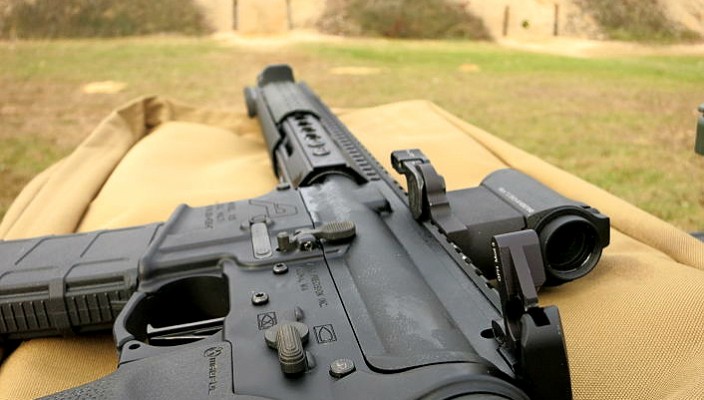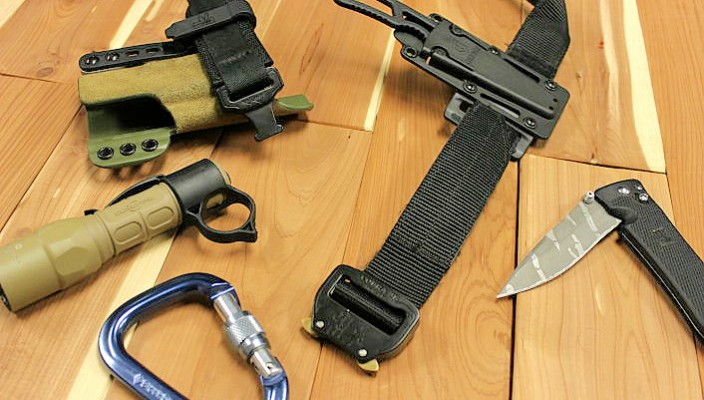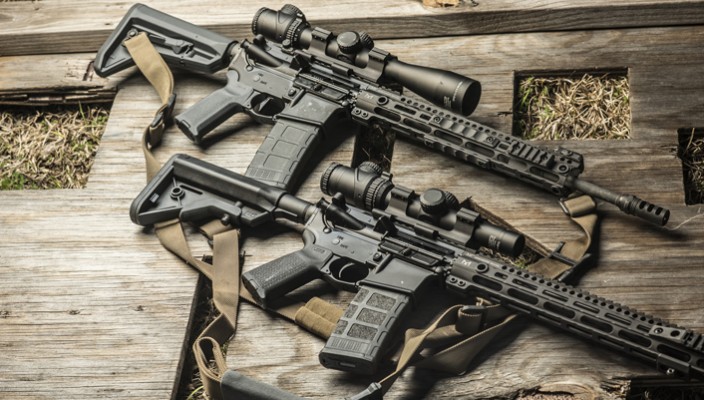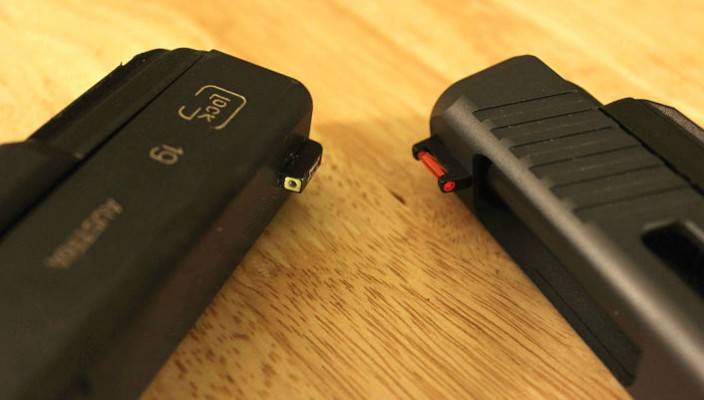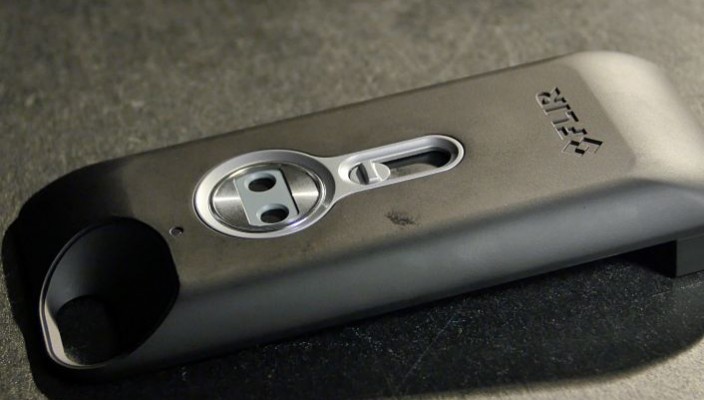4 Must Have Upgrades for Your AR-15
Call me crazy but I’m one of those guys that popped out of the womb wondering how everything works, which later resulted in me wanting to take everything apart regardless of its price tag or overall stock badassness. So when I first got the opportunity to buy an AR15, that’s exactly what I did, took the whole rifle apart, pin by pin and put it back together. What I learned and what many of you reading this can probably agree is the AR is a fairly simple operating platform and that ultimately means for us tinkerers, it’s easy to work on. And since it’s so straightforward and you happen to have some fun money set aside, whether or not to upgrade that AR isn’t even a question. Because that fun money isn’t infinite and you’ll want to get the proverbial “best bang for the buck” out of your AR upgrade budget, here’s my picks for the top 4 parts you gearheads should slap on that 5.56 millimeter copper jacketed lead thrower.
Adjustable Gas Block

As my highly regarded idol Ricky Bobby would say, “I wanna go fast” and like him I wanna shoot fast. In order to put those rounds on target as fast as possible and accurately, the number one priority is to reduce muzzle rise. One of the easiest ways to do that is tune the amount of gas that’s pushing your bolt carrier back and the velocity at which its going into the buffer tube. If we can slow down the speed at which that bolt is flying back into your shoulder it will in turn cut down on muzzle movement and recoil impulse. I should mention however that this is going to decrease the reliability of your rifle to an extent, so if this rifle is for home defense, zombies, etc you may want to think twice about installing an adjustable gas block or how far to tune the gas system.
Free-floating Forend

Since looking cool is half the battle, free floating M-Lok or Keymod forends are the cat’s pajamas. Isn’t that reason enough to buy one? OK OK they do help in several ways as well. One of the benefits of free floating forends are that there’s now only one point of contact on your barrel. If you really want to miss your target, the best way to do that is to get that barrel warm and rest your gun on your A2 front sight post. Sarcasm aside, once installed you’re not going to sacrifice accuracy by resting your rifle off your free floating forend like you would be if you did the same with a standard handguard. Another big plus is the almost endless mounting solutions for lights, laser, or any other tacticool necessity.
Trigger

If you could only afford to upgrade one part on your AR, swapping out the trigger would be my answer all day, every day and twice on Sunday. Yes if you’re a good shot, you should be able to pick up any gun and be able to hit targets with it, BUT who likes going to the range time after time with that long drawn out gritty stock AR trigger? If you answered “I Do” it’s because you’ve probably never shot a rifle sporting a trigger with a silky smooth pull and short reset. Your needs may vary and you might want a 2-stage trigger for precision over the short and light single stagers. If you do end up going with a low poundage trigger, double taps are your new best friend and your wallets worst enemy.
Muzzle Brake/ Flash Hider

If you’re unfamiliar with muzzle brakes and flash hiders, they’re like car mufflers in that they alter the exiting gasses to increase performance and are in a way personal preference. The question you have to ask yourself is whether or not you want to hide/ dissipate muzzle blast or harness it to reduce muzzle rise and felt recoil. If you want to hide it, then obviously a flash hider is the route for you. Yes your rifle probably came with an A2 birdcage flash hider on it but once you upgrade to something like a Battle Comp or Noveske Flaming Pig you’ll really notice the difference.
When muzzle blast is the least of your worries and you’re less than considerate of the guy standing next you, then a brake needs to be on the end of your gun. Why? Well a brake, any quality one that is, directs those hot fast gasses out to the sides and out of the top of your muzzle. Sure it spews out a fiery concussive blast that’ll be felt all the way up in your nasal cavity but to make up for that you’re left with little to no felt recoil and even less muzzle movement. Is it worth it? Hell Ya!
So what do I really think?
Sure you could add a 5, 6, 7 to this list with stocks, charging handles and so on but at that point ever subsequent “must have part” becomes less and less important in the over performance of your rifle. Now if you’ve decided to splurge and do all four upgrades to your AR, start with the trigger. Take it to the range, enjoy the heck out of it, then do the forend, gas block and muzzle device at the same time since you have to remove those parts anyway to change the block or forend.
Still don’t know if these upgrades are right for your rifle? Post your questions in the comments below. As always guys, shoot em straight and be safe!
Read More


